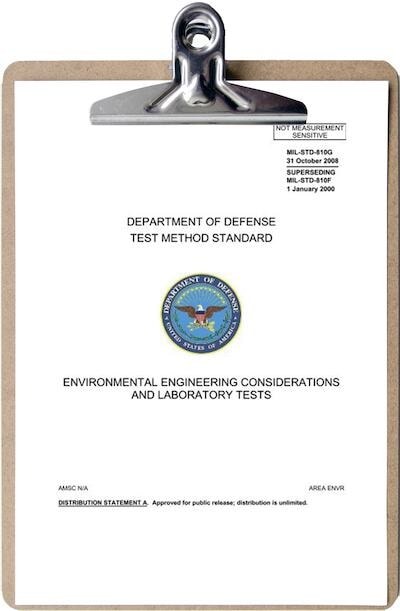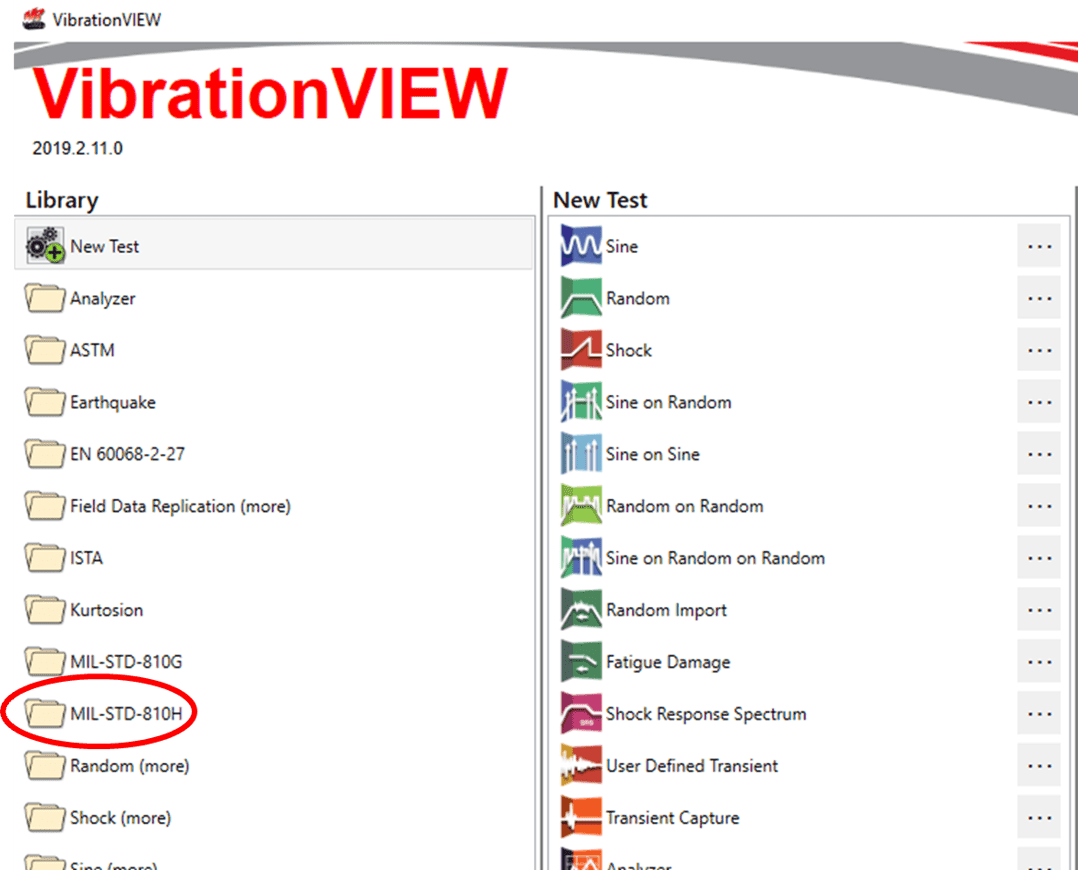The new version of MIL-STD-810; What you need to know

In 2019, MIL-STD-810 moved from version G to version H.
This is a significant update to defense industry testing. Individuals in the testing industry need to be aware of the changes and understand the details when a new version of a specification is released.
Why MIL-STD-810 is Vital To The Testing Industry
MIL-STD-810 is the Department of Defense standard defining environmental lab test methods, cited in in the specifications for virtually every piece of deployable military hardware. It is a comprehensive document, consisting of 1089 pages and covering the complete range of test types, from fungus to gunfire shock. Vibration Research customers are especially concerned with the detailed descriptions of approved vibration test profiles and shock testing methods. It is a public standard, available for anyone to download and reference.
Why The New Version of MIL-STD-810 is So Important
MIL-STD-810 has been around since 1962. There have been periodic change notices, updating the standard, but only occasionally are there major new versions, indicated by a new ‘letter’. The last version, ‘G’, was first released in 2008, with a Change version released in 2014.
Version ‘H’ emphasizes a tailored approach for environmental testing, focused on ensuring that systems will be able to withstand the harsh climatic, shock and vibration environments expected during a service lifetime. The new version also includes extensive updates and some new test descriptions.
What ‘H’ means for vibration and shock test labs
Labs need to be prepared to run the updated test profiles and use newly defined methods, because MIL-STD-810H will soon be part of the specifications coming from their customers. Among the changes are:
- Added details and descriptions of a sine burst specification used for crash hazard acceleration testing
- New diagrams for test fixture designs
- A requirement for frequency adjustment during Sine Resonance Track and Dwell (SRTD) tests to ensure maximum response, using either phase tracking or peak tracking
- Updated tolerances for all random and sinusoidal vibration tests
- New direction for material orientation during transportation vibration testing
- Dozens of new vibration test profiles, covering sine dwell, random, and sine on random test modes
- Expanded description and direction for Time Waveform Replication (TWR)
Helping our customers comply with MIL-STD-810H

Vibration Research is committed to supporting our customers’ success. This includes understanding important test standards and making it easy to drive tests to fit those standards.
We’ve spent a significant amount of time with MIL-STD-810H, working to put the new test profiles into the current version of the VibrationVIEW software. Here are the changes in MIL-STD-810H on which VibrationVIEW has concentrated:
- Tolerances for Random and Sine Tests
- See Table 514.8-II on page 356 and Table 514.8-III on page 358. These are new to MIL-STD-810H. Note in particular the differing tolerances below and above 500 Hz. VibrationVIEW allows differing tolerances based on frequency and users can now set tolerances for channels as well as for control.
- New Tolerances for Classic Shock Tests
- See section 2.3.2.3 of Method 516.8 on page 565. There are tolerances for classic shock tests Half-Sine, Terminal Peak, and Trapezoid that differ from what there were in MIL-STD-810G. These tolerances have been added to those available in shock tests.
- Computation of Shock Vibration Intensity
- See section 1.3.1 of Method 516.8 Annex A on page 605. There are parameters called Te and TE that identify the duration of a shock test and the duration when the energy is most concentrated. VibrationVIEW keeps the previous method of computing these parameters if a shock test is using MIL-STD-810G limits, but will use the updated method to compute them for MIL-STD-810H.
Latest version of MIL-STD-810 MIL-STD-810 Helicopter Test S0R Calculator
